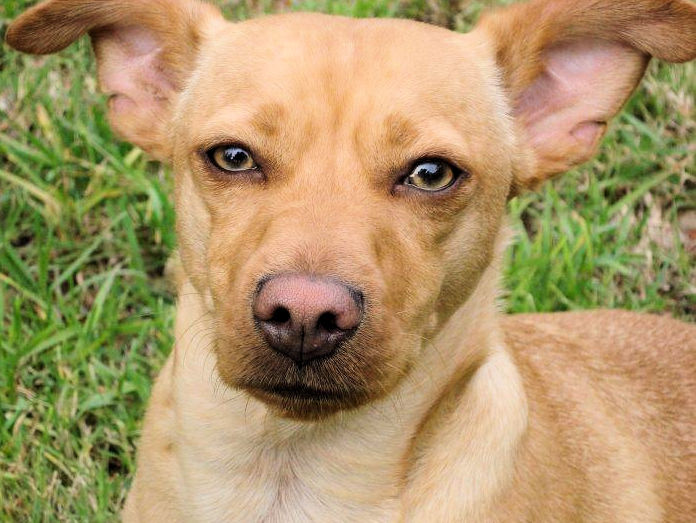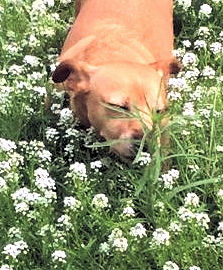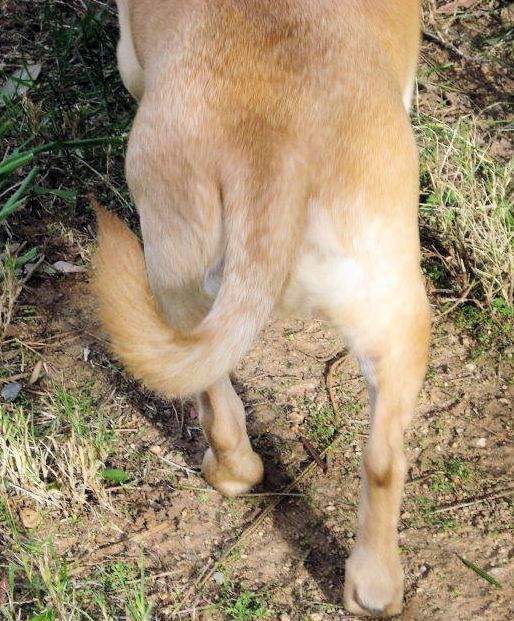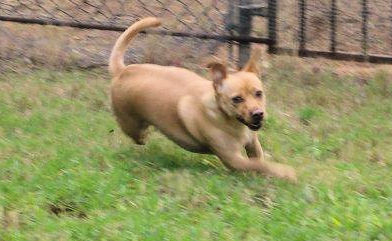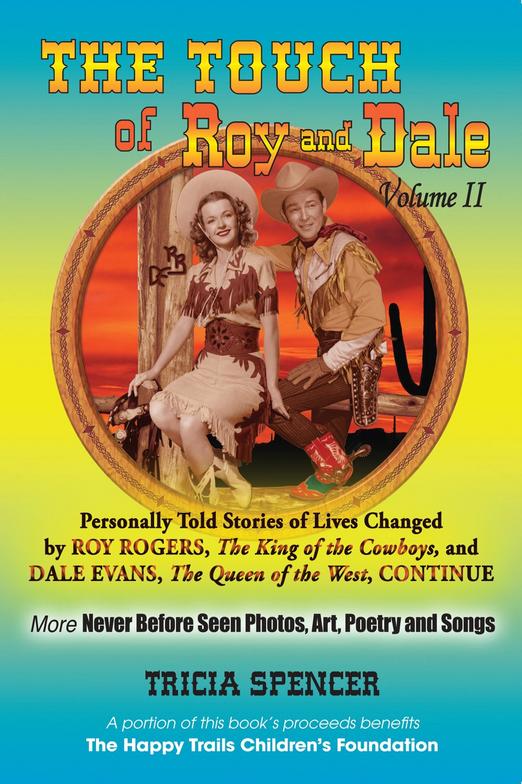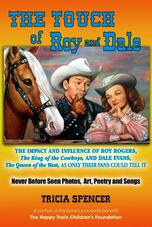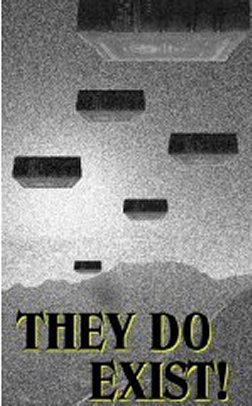Timeless
Life and Living
with Tricia Spencer
Digger's Holistic Triumph Over
Legg-Calves Perthes Disease
A Personal Story of How One Pup Defied Traditional Treatment Advice to Beat a Crippling Disease
In the Beginning - Late 2008
It was only a slight limp, a muscle strain I thought. But Digger soon began carrying his back right leg and crying out in pain with the littlest of movements. When his hip began to shrivel as if someone had let the air out, I feared the worst. After all, the little guy was only nine months old.
The diagnosis was Legg-Calves Perthes disease, a condition where the blood supply to one hip or the other, or rarely both, is compromised. Digger’s right hip muscles began to waste away, and the radiographs showed that his hip had already lost fifty percent of its bone density due to insufficient circulation and nutrition to the femoral head (the “ball” part of the ball and socket joint.)
This debilitating degenerative disease is seen primarily in small dogs, and Digger is a rambunctious mix of terrier, Chihuahua and Dachshund, so he’s just about got the “small dog” market cornered. No one knows exactly what causes the condition, but genetics and the deliberate breeding of dogs to be ever smaller are viewed as possible culprits.
Frightening Diagnosis and Even More Frightening Treatment Recommendations
I was horrified at the diagnosis, but even more so at the traditional treatments. The first course of action is extreme confinement. The afflicted dog is caged for up to six months with no exercise, no play. . .no life. Alternatively the leg is immobilized in an Ehmer sling that traps the dog’s leg up against its body, effectively creating a three-legged dog for an extended period of time. Yet even with the sling, restriction of movement is recommended.
If confinement is unsuccessful, or if the disease is too advanced at the time of diagnosis, the customary solution is surgery. The femoral head and neck are cut off, and scar tissue is allowed to replace the bone as a substitute hip joint. While the surgery may initially alleviate the pain, subsequent arthritis is a concern. Since Legg-Calves Perthes predominantly strikes between the seventh and twelfth month of a dog’s life, that leaves a lot of years to face an increased probability of arthritis.
I knew my active boy wouldn’t understand confinement, and caging him would be excruciating for us both.
A Great Holistic Vet to the Rescue
Dr. Thomas Van Cise of All Animals Exotic or Small in Norco, CA, developed an individualized holistic protocol for Digger.
What followed was a treatment course designed to do what many believe could never be done — reverse the degeneration and get the blood flowing again. I embraced Dr. V’s experience and extensive arsenal of holistic therapies as well as his philosophy of treating the individual, rather than the disease, in order to help the body utilize its innate ability to return to normal.
The day after Digger’s September 3, 2008 radiographs, he began supplementation with Colostrum, Dismutase and Calcarea Phos. The natural raw food diet he has enjoyed since his rescue at six weeks old also played a vital supporting role in his fight against the disease.
Two weeks after the supplementation began he received his first laser treatment. Five more laser sessions followed before aquapuncture treatments replaced them. During this time Digger was never confined. At home I gave him stimulating deep massages, used wet heat on his back and hip, and engaged him in long periods of calm positive energy.
I worried when after each round of treatments, he would experience a setback and begin holding his leg or crying out. This would last a few days before he would once again soar ahead. It was one step back and three steps forward with each treatment, until one day he was simply an ordinary four-legged dog again.
Reaching the Light at the End of the Tunnel
His February 3, 2009 radiographs were nothing short of amazing. In spite of the initial severity, the bone density had returned to normal. Digger’s hip had renewed.
Today, Digger runs and leaps and relishes life. His right hip muscle remains a trace thinner than the left, and he occasionally rests the leg when standing for long periods, but there is no evidence of pain, no crying out, no carrying the limb. He’s just a loving, playful dog with a real future.
Emerging Treatments
There are new alternative treatments on the horizon for Legg-Calves Perthes. Dr. Mark Newkirk, DVM, of Newkirk Family Veterinarians in southern New Jersey, describes two of the most promising ones.
He states, “In Pulsed Electro Magnetic Field Therapy, pulse waves stimulate blood vessel growth, align proper cellular healing, and decrease swelling and pain. Another new therapy that should work is stem cell therapy. Stem cells are harvested from the fat of the pet. The fat samples are sent to a company in California that separates and concentrates the stem cells. The stem cells are sent back and are injected into the joint.”
Stem cell replacement for dogs currently addresses arthritis, but as Dr. Newkirk observed, the process “...in theory should work beautifully here.”
New treatments are surely welcome, for the traditional ones are challenging. But thanks to Dr. Van Cise’s insightful approach, one holistic triumph over Legg-Calves Perthes has already occurred. A happy, healthy Digger runs like greased lightning every day to prove it.
Update 1
I originally wrote the above article for Animal Wellness Magazine. Digger’s story appeared in
the April-May, 2010 edition of the magazine, and later on HuffPost, and it is reprinted here with
permission.
To this day, people ask me if the holistic approach truly affected a cure. I believe that it has,
but only the full course of Digger’s life will tell the whole story. What I do know for sure is that Digger
has just celebrated his 6th birthday, and he has never again had a problem with that leg. Even the
slight favoring of it that he experienced the first six months after completion of his treatments has
disappeared completely, and there is no longer a difference in the muscles or bones of his left leg versus his right leg. He jumps, runs, and sleeps on the leg as if nothing had ever been amiss. He’s a happy boy, but I doubt he’s any happier than I am.
Update 2 - 2020
Digger is now just a tad shy of his 13th birthday, and he has never looked back to that dark time when his leg hurt and it just wouldn't work. He is approaching his senior years with the friskieness of his post Legg-Calves Perthes youth.
The one sadness is that the incomparable holistic vet who gave Digger back his leg, and his quality of life, passed away. Dr. Van Cise was a man of kindness, and he is missed terribly by all whose animals benefited from his dedication and expertise with holistic medicine.
Digger's Philosophy...
No matter the scary and painful challenges in life,
simple pleasures can always be cherished.
For More Information About Tricia Spencer Books and Short Stories, Click Here to Visit Books & Shorts
The copyright of the article Digger's Triumph Over Legg-Calves Perthes Disease is owned by its author, Tricia Spencer. Permission to republish any part of the article in print or online must be granted by the author in writing.


